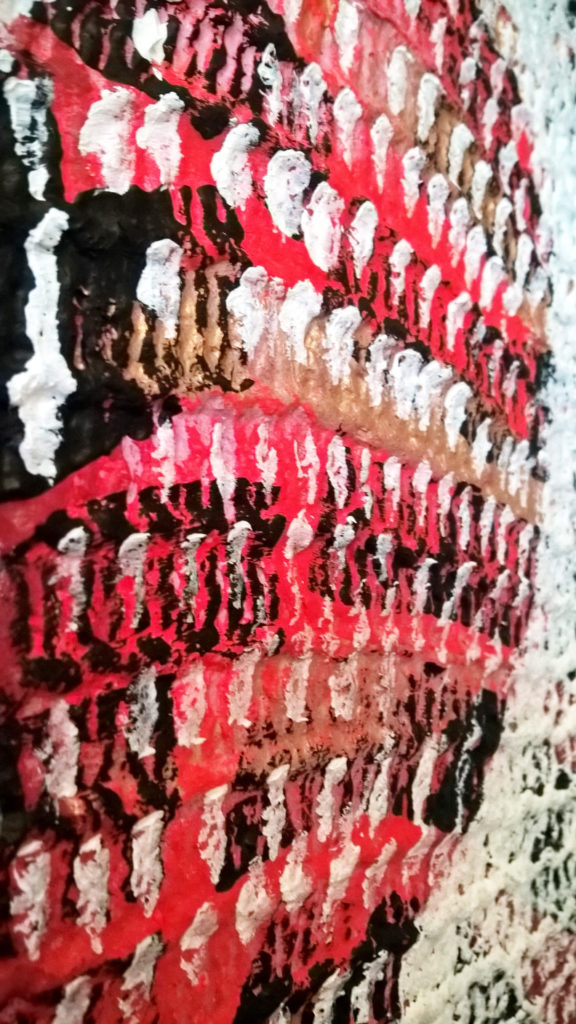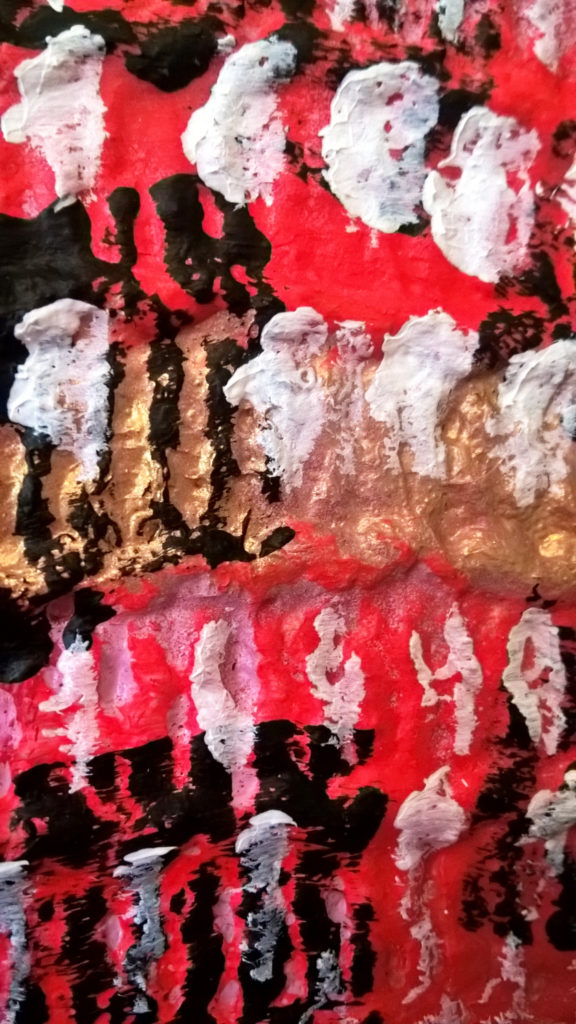The following text and facts are excerpts from “Invisible Women, Exposing Data Bias in a World Designed for Men” by Caroline Criado Perez, as we thought no one better than her could introduce this topic.
“Globally, 75% of unpaid work is done by women, who spend between three and six hours per day on it compared to men’s average of thirty minutes to two hours. This imbalance starts early (girls as young as five do significantly more household chores than their brothers) and increases as they get older.
In the UK up to 70% of all unpaid dementia carers are women, and female carers are more likely to help with bathing, dressing, using the toilet and managing incontinence. Women are more than twice as likely as men to be providing intensive on-duty care for someone twenty-four hours a day, and to have been caring for someone with dementia for more than five years.
The upshot is that around the world, with very few exceptions, women work longer hours than men. Sex-disaggregated data* is not available for all countries, but for those where the data exists, the trend is clear.
In Korea, women work for thirty-four minutes longer than men per day, in Portugal it’s ninety minutes, in China it’s forty-four minutes, and in South Africa it’s forty-eight minutes.”
*Data collected and tabulated separately for women and men. Gender statistics rely on these sex-disaggregated data and reflect the realities of the lives of women and men and policy issues relating to gender. Image by MC2.8

Frontliners In Spring
“When COVID-19 pandemic took place and lockdowns were enforced across the globe, it exposed the reality of who the ‘essential’ workers are on the frontline. Essential workers whose work is too critical to stop despite ‘stay at home’ orders, and for most, don’t have a choice to stay home.
Care workers are at the forefront in this unprecedented time, combating the spread of COVID-19. About 75% of care workers in most cities are women and they are not valued economically. They are among the frontline workers most likely to have access to health insurance, although 7% lack it. And more than 8% live below the federal poverty line, most of those are women of colour and more likely to be immigrants.
These care workers are directly engaged in the diagnosis, treatment and care of patients; the elderly, immune-compromised and vulnerable populations with the biggest threats of being exposed to COVID-19. Many have no option but to go to work with inadequate protection. They put themselves at high risk everyday, some quarantined after their shifts, unable to see their families. Some have watched their coworkers fall ill. Thousands have gotten sick themselves. And some have died. This piece is a salute to them and their contributions, these women are the ones in the frontline carrying the burden of spring for all of us this year.”
Beautiful Nurse in the Mist with Amphetamine Kindly Provided by the Government
“This painting celebrates the heroic effort of nurses in the frontline of the COVID-19 crisis. While society is saving its own unprepared sanity through an escapism into fantasies, conspiracy theories and narratives sourced from sci-fi and apocalyptic films, the real sheroes, wearing real masks save the real world. Sheroes: real mothers, real daughters, real sisters and neighbours are separated from the perceived salvation of these fantasies by their crude reality in the mist of an unknown future.
The painting alludes to the failure of the state to provide appropriately for these health workers and to the absurdity of the current situation when powerful countries disclose their own negligence and neglect of their vital health systems which have been left in decline. These are the echoes, elevated into a national level, of any story that has been silenced and ignored and yet awaits its moment of justice. In some sense, the portrait of the nurse tells a #metoo story – but is it exclusively a story of women workers? Hasn’t it, in fact, become a story of each of us who can potentially be refused help and support when we need it most?
The predicament of COVID-19 has revealed that our position, roles and status in society can be dramatically overturned. This is formally represented by the replacement of traditional canvas with a homemade woven fabric. The knit also refers to activities, somewhat also previously forgotten and abandoned, but now rediscovered and cherished during the current quarantine. The aspect of ‘homemade-ness’ is being widely implemented today to evade ‘home-madness’.
The ‘Beautiful Nurse in the Mist with Amphetamine…’ Is a ‘sister’ version of ‘Lucy in the sky with diamonds, but it is a version without any actual drugs being available.”



Related content
Explore other themes
Get in touch
Powered by
Sheroes is a Lon-art project. Copyright © Lon-art.org 2019. All rights reserved.
About Us
Sheroes is a collaborative project that highlights hidden herstories through the arts.
If you want to support the sheroes cause, please donate. All the money raised will go to running more Sheroes events.
Powered by

Sheroes is a Lon-art project. Copyright © Lon-art.org 2019. All rights reserved.






